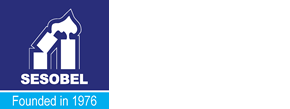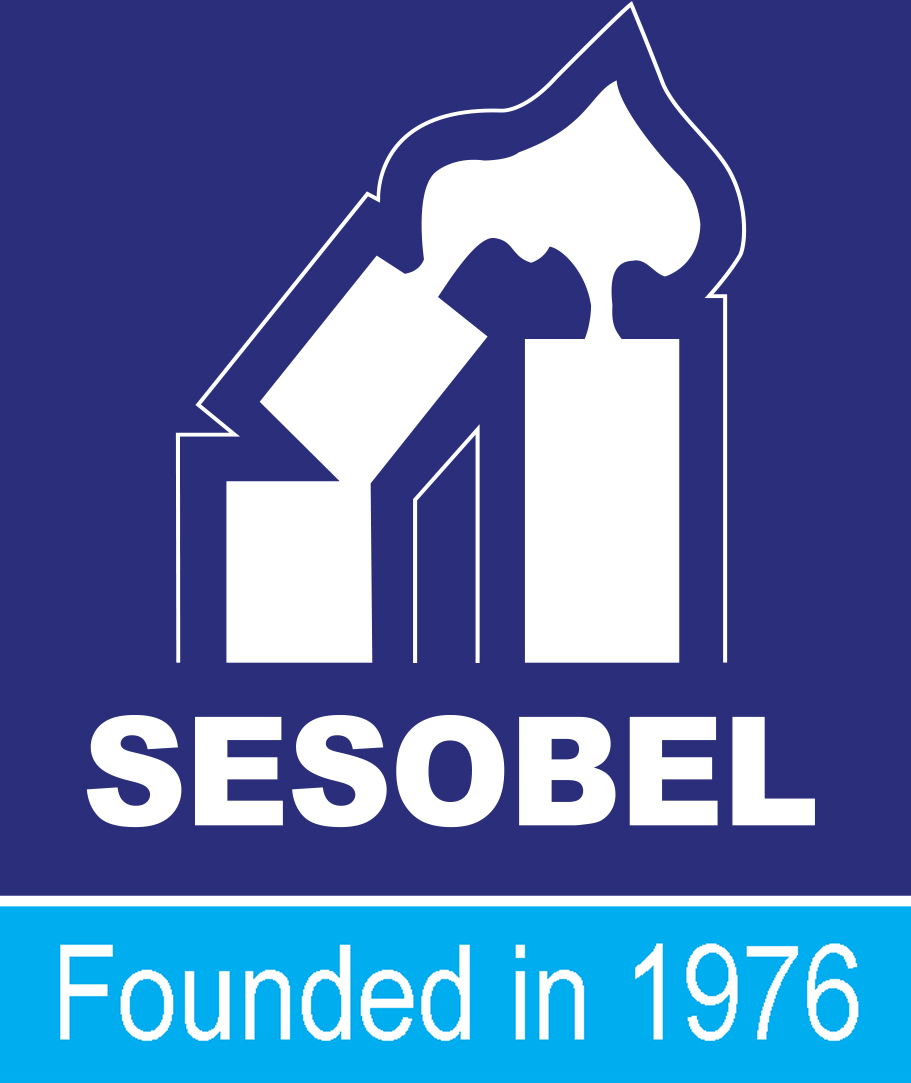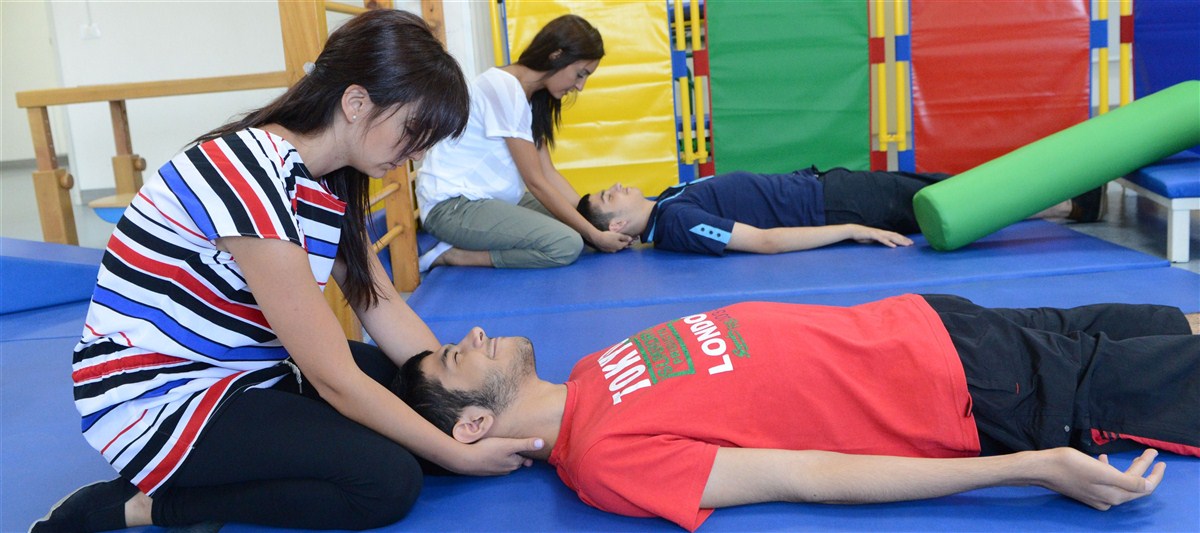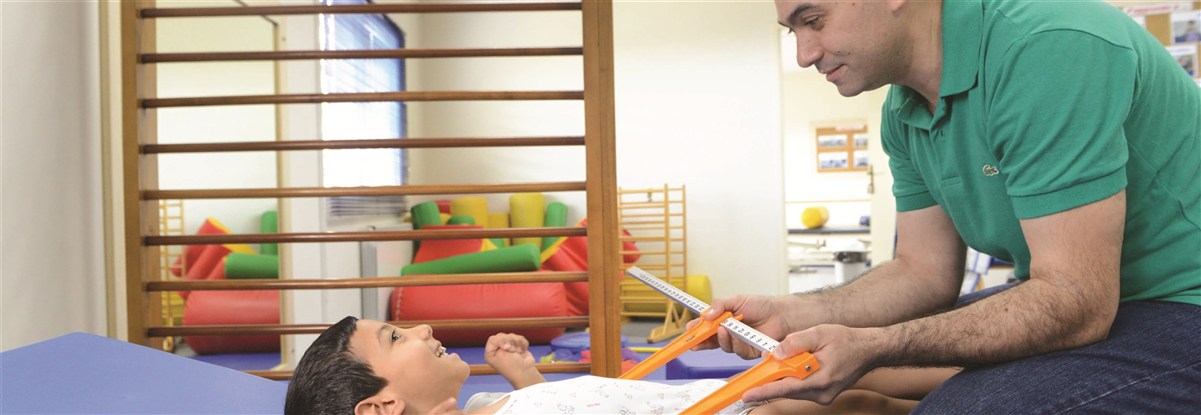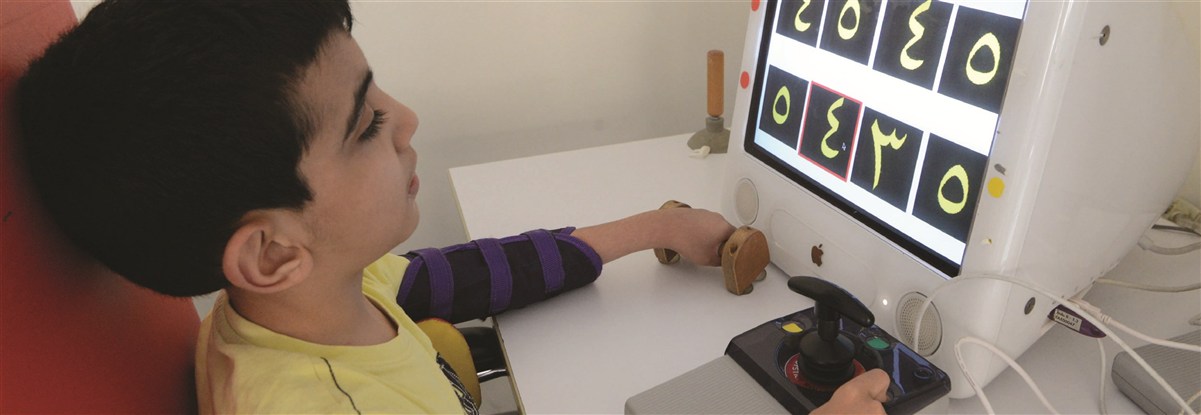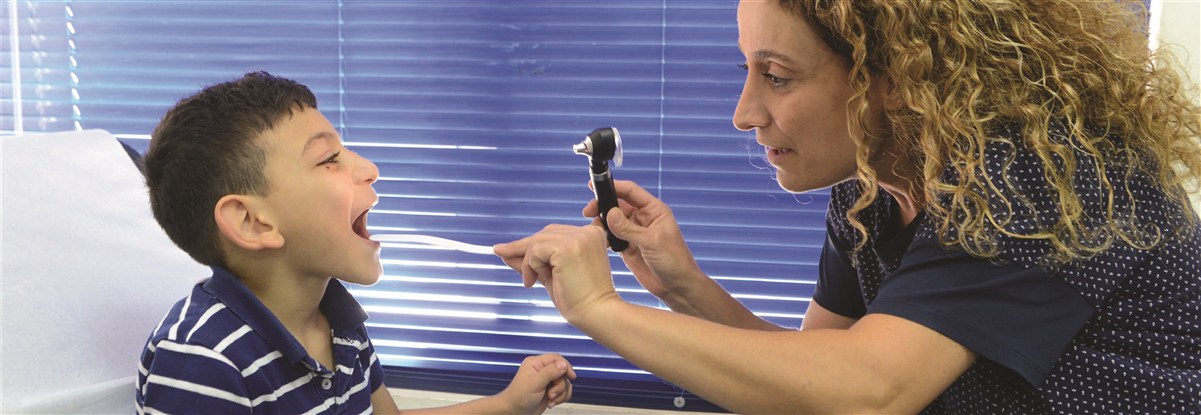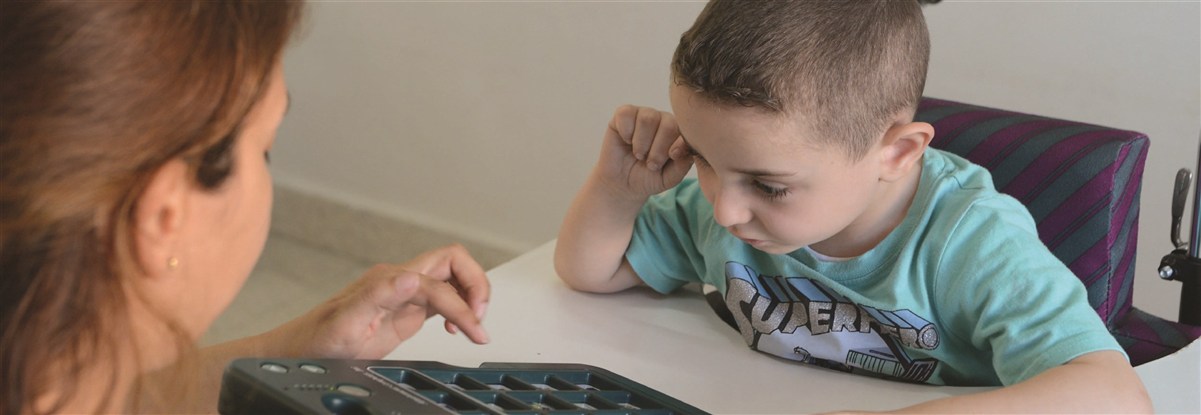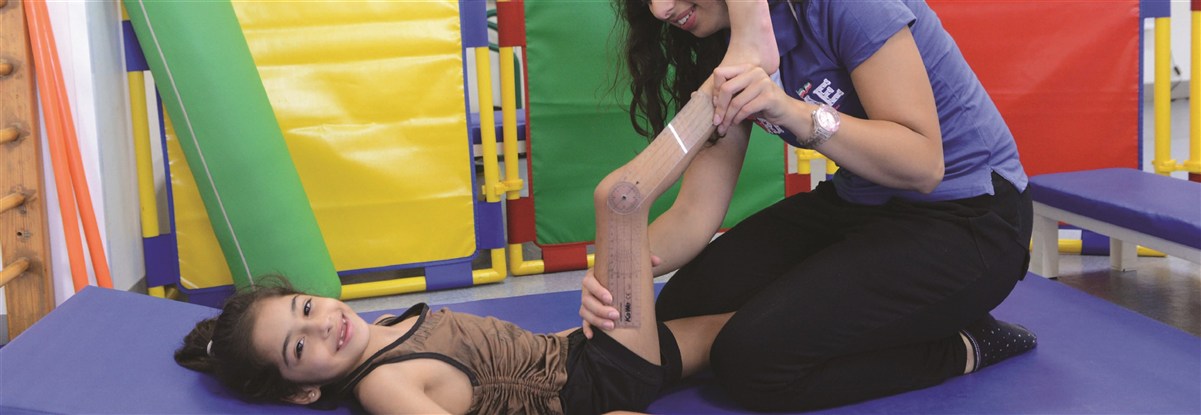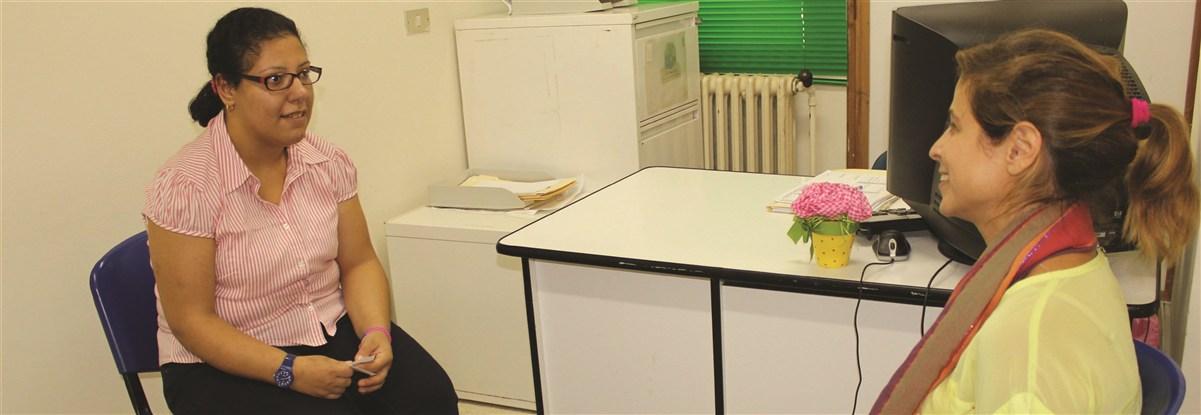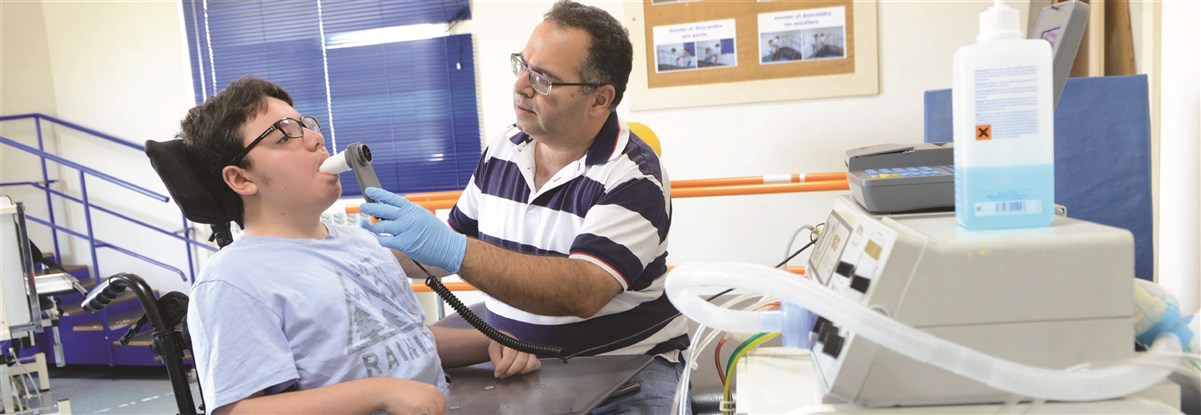Children with physical or mental disabilities and/or with Autism Spectrum Disorders usually suffer from eating disorders, which may be the result of:
- Motor disorders: characterized by slow eating, as well as choking and inefficient chewing
- Sensory disorders: characterized by food selectivity and by refusal to change texture or taste
These signs are observed in 80% of children and young people with physical or mental disability. (C. Senez , 2002). Dysphagia and feeding disorders may directly impact children's quality of life and their families’.
Treating eating disorders at SESOBEL is done by:
Assessment that includes:
- Meeting patients’ families
- Clinical assessment of alimentary functions that children or the young enjoy, and that can be completed by functional explorations like deglutition cinematography (test prescribed by gastroenterologists) or fiberoptic endoscopic evaluation of swallowing FEES (test prescribed by otorhinolaryngologists)
- Dieticians’ assessment of the nutritional needs of children or youth
- Elaboration of the rehabilitation plan in collaboration with families
Adopted therapeutic approaches:
-Sensory approaches that deal with sensory processing disorder
-Functional approach that re-educates patients on oral stage of swallowing
- Rehabilitation including compensatory strategies, indirect swallowing therapy, direct swallowing therapy
The goal of swallowing rehabilitation is to identify and treat abnormalities of feeding and swallowing while maintaining safe and efficient alimentation and hydration.
In conclusion, speech-language therapists specialized in children with feeding disorders must be aware of the quotidian life of every child or young patient. They should accompany them while they are « having their meals, not just to provide help with rehabilitation, but also with socialization, handling responsibility, growing up and expressing love». (Yvonne Shami)
